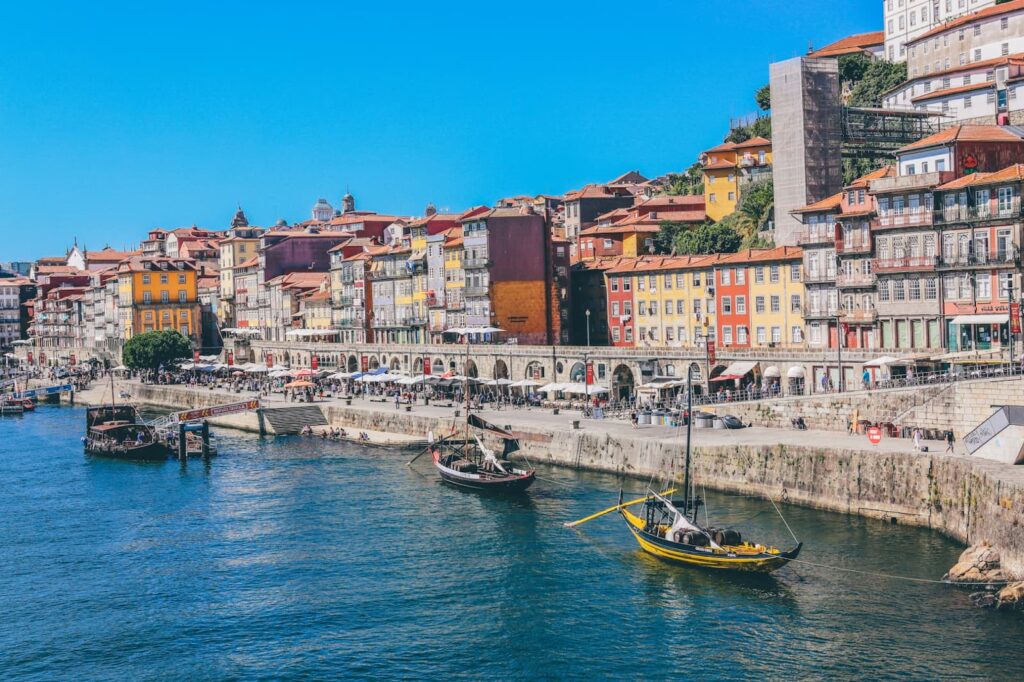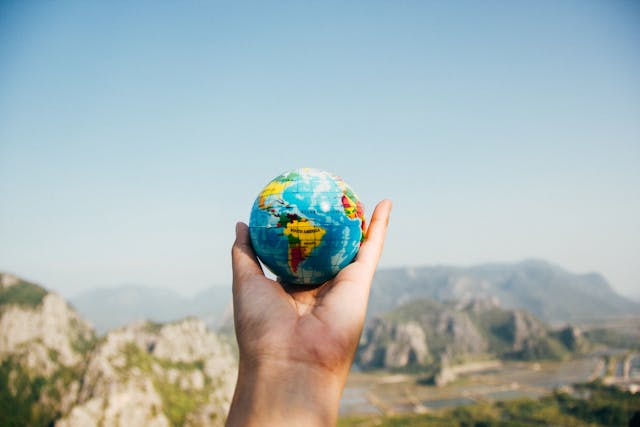The Best Cultural Experiences to Add to Your Travel Bucket List
Traveling is more than just seeing new locations; it’s also about experiencing other cultures firsthand, learning about various lifestyles, and making lifelong memories. Including cultural experiences on your travel bucket list is crucial if you want to tour the world to the fullest. Through these encounters, you can develop a stronger bond with the locations you visit and gain a greater understanding of the diversity and depth of human life throughout the world. These are a few of the top cultural encounters that you ought to think about including on your travel wish list.
1. Participate in a Traditional Tea Ceremony in Japan
Japan is a country where tradition and modernity coexist in harmony, and one of the most profound ways to experience its culture is through a traditional tea ceremony, known as chanoyu or sado. This centuries-old ritual is more than just drinking tea; it’s a meditative process that embodies the principles of harmony, respect, purity, and tranquility.
During a tea ceremony, you’ll learn about the meticulous preparation and presentation of matcha (powdered green tea), the symbolism behind each movement, and the deep connection between the host and guests. This experience provides insight into Japanese culture and philosophy, making it a must-add to any travel bucket list.
2. Explore the Historic Souks of Marrakech, Morocco
The souks of Marrakech are a vibrant maze of narrow streets filled with the sights, sounds, and scents of traditional Moroccan life. These bustling markets are a sensory overload in the best possible way, offering everything from spices and textiles to jewelry and handcrafted goods.
Wandering through the souks allows you to experience the rich history and culture of Morocco firsthand. You can watch artisans at work, haggle for unique souvenirs, and savor the aroma of exotic spices. The experience of getting lost in the labyrinthine alleys of the Marrakech souks is an unforgettable cultural adventure that should be on every traveler’s bucket list.
3. Celebrate the Festival of Colors, Holi, in India
Holi, the Festival of Colors, is one of the most vibrant and joyous celebrations in India. Held annually in March, this Hindu festival marks the arrival of spring and the victory of good over evil. Holi is celebrated with exuberant color throwing, dancing, singing, and feasting.
Participating in Holi is an exhilarating experience where you can let go of inhibitions and join in the revelry with locals and fellow travelers alike. The streets come alive with people drenched in colored powder, and the air is filled with laughter and music. Celebrating Holi in India is more than just a festival; it’s a cultural experience that symbolizes unity, love, and the joy of life.
4. Experience the Day of the Dead in Mexico
The Day of the Dead, or Día de los Muertos, is a unique Mexican tradition that honors deceased loved ones through vibrant celebrations. Unlike the somber nature of many death-related customs, this festival is a joyful celebration of life and death, featuring colorful altars (ofrendas), elaborate costumes, and parades.
Celebrated on November 1st and 2nd, the Day of the Dead is a time when families gather to remember their ancestors, offering food, flowers, and other gifts at gravesites and altars. The most famous celebrations take place in Oaxaca and Mexico City, where you can witness the rich cultural heritage of Mexico in full display. This profound cultural experience is a must for anyone interested in understanding the Mexican approach to life, death, and the afterlife.
5. Attend a Traditional Fado Performance in Portugal

Fado is the soul-stirring music of Portugal, characterized by its melancholic melodies and poignant lyrics. Originating in the working-class neighborhoods of Lisbon in the 19th century, Fado is a deeply emotional genre that expresses themes of longing, love, and loss.
Experiencing a live Fado performance in a traditional Portuguese tasca (tavern) is a cultural immersion like no other. The dimly lit room, the heartfelt singing, and the haunting sound of the Portuguese guitar create an atmosphere of deep connection and reflection. Whether you understand the lyrics or not, the raw emotion conveyed through Fado transcends language barriers and offers a glimpse into the heart of Portuguese culture.
6. Partake in a Maasai Mara Cultural Visit in Kenya
The Maasai people of Kenya are one of the most iconic and well-known indigenous groups in Africa, known for their distinctive customs, dress, and connection to the land. A cultural visit to the Maasai Mara region provides a unique opportunity to learn about the Maasai way of life, including their traditional dances, crafts, and social structures.
During a visit, you can participate in traditional dances, visit a Maasai village (manyatta), and learn about the community’s close relationship with the environment. This cultural exchange not only enhances your understanding of the Maasai people but also allows you to appreciate the importance of preserving indigenous cultures in the modern world.
7. Join a Flamenco Show in Seville, Spain
Flamenco is a passionate and expressive art form that is deeply rooted in the cultural heritage of Spain, particularly in the Andalusian region. Originating from the Romani communities, Flamenco combines singing (cante), guitar playing (toque), dancing (baile), and clapping (palmas) to convey intense emotions and stories.
Watching a live Flamenco performance in Seville, the heart of Flamenco, is an unforgettable cultural experience. The raw energy and emotion of the dancers, the intricate rhythms of the guitar, and the soulful singing create a powerful atmosphere that will leave you mesmerized. For anyone interested in the arts and music, adding a Flamenco show to your travel bucket list is essential.
8. Visit a Monastery in Bhutan
Bhutan, the Land of the Thunder Dragon, is a country steeped in spirituality and tradition. Visiting a monastery in Bhutan is a deeply enriching cultural experience, offering insight into the country’s unique approach to life, which emphasizes happiness and well-being over material wealth.
The monasteries, often perched on cliffs or nestled in remote valleys, are centers of Buddhist learning and practice. Visitors can observe monks in prayer, witness traditional rituals, and explore the serene surroundings. A visit to a Bhutanese monastery is not just a cultural experience; it’s an opportunity for spiritual reflection and growth.
9. Explore the Floating Markets of Thailand
Thailand’s floating markets are a vibrant and colorful expression of the country’s rich cultural heritage. These markets, where vendors sell goods from boats on the canals, offer a unique shopping experience that reflects the traditional way of life in Thailand.
Visiting a floating market, such as Damnoen Saduak or Amphawa, allows you to experience the sights, sounds, and tastes of Thai culture up close. You can sample local delicacies, purchase handmade crafts, and interact with the friendly vendors. The floating markets are a window into the daily life of Thai people and a must-visit for any traveler looking to immerse themselves in the local culture.
10. Participate in a Viking Festival in Scandinavia
The Viking heritage of Scandinavia is celebrated through various festivals that take place across the region, particularly in Norway, Denmark, and Sweden. These festivals are a lively reenactment of Viking history, featuring mock battles, traditional crafts, music, and food.
Participating in a Viking festival offers a unique opportunity to step back in time and experience the culture of the Norse people. Whether you’re watching a battle reenactment, trying your hand at archery, or sampling Viking-era cuisine, these festivals provide an immersive cultural experience that is both educational and entertaining.
